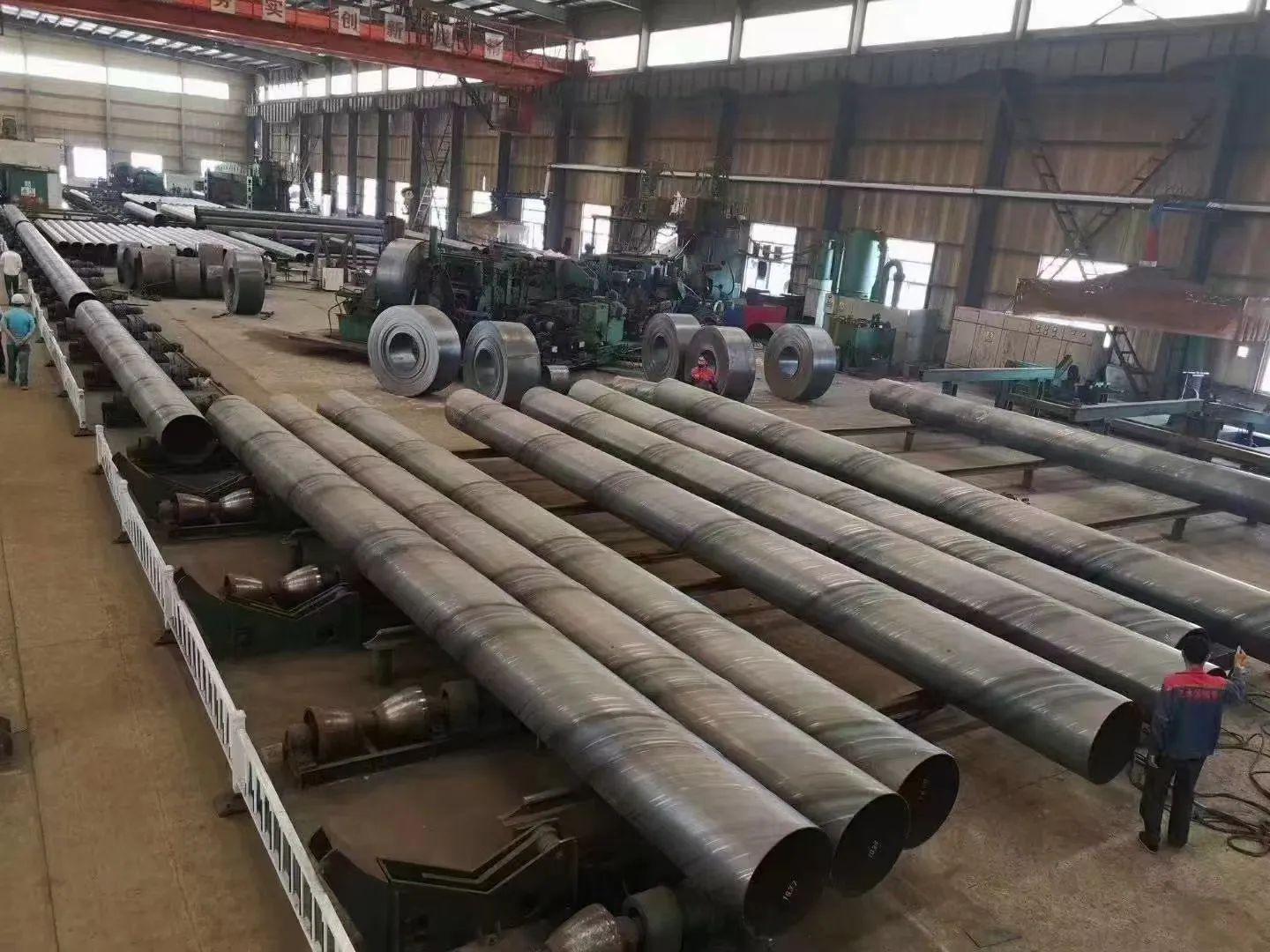-
Cangzhou Yulong Steel Co., Ltd.
-
Phone:
+86 13303177267 -
Email:
admin@ylsteelfittings.com
- English
- Arabic
- Italian
- Spanish
- Portuguese
- German
- kazakh
- Persian
- Greek
- French
- Russian
- Polish
- Thai
- Indonesian
- Vietnamese
- Zulu
- Korean
- Uzbek
- Hindi
- Serbian
- Malay
- Ukrainian
- Gujarati
- Haitian Creole
- hausa
- hawaiian
- Hebrew
- Miao
- Hungarian
- Icelandic
- igbo
- irish
- Japanese
- Javanese
- Kannada
- Khmer
- Rwandese
- Afrikaans
- Albanian
- Amharic
- Armenian
- Azerbaijani
- Basque
- Belarusian
- Bengali
- Bosnian
- Bulgarian
- Catalan
- Cebuano
- China
- China (Taiwan)
- Corsican
- Croatian
- Czech
- Danish
- Esperanto
- Estonian
- Finnish
- Frisian
- Galician
- Georgian
- Kurdish
- Kyrgyz
- Lao
- Latin
- Latvian
- Lithuanian
- Luxembourgish
- Macedonian
- Malgashi
- Malayalam
- Maltese
- Maori
- Marathi
- Mongolian
- Myanmar
- Nepali
- Norwegian
- Norwegian
- Occitan
- Pashto
- Dutch
- Punjabi
- Romanian
- Samoan
- Scottish Gaelic
- Sesotho
- Shona
- Sindhi
- Sinhala
- Slovak
- Slovenian
- Somali
- Sundanese
- Swahili
- Swedish
- Tagalog
- Tajik
- Tamil
- Tatar
- Telugu
- Turkish
- Turkmen
- Urdu
- Uighur
- Welsh
- Bantu
- Yiddish
- Yoruba

Dec . 05, 2024 16:03 Back to list
Welding Techniques for Round Pipes in Various Applications and Industries
Welding Round Pipe Techniques, Applications, and Best Practices
Welding round pipes is a critical skill in various industries, particularly in construction, manufacturing, and plumbing. The technique involves joining circular tubes or pipes using various welding methods to ensure durability, structural integrity, and leak resistance. This article delves into the techniques, applications, and best practices associated with welding round pipes.
Techniques for Welding Round Pipes
1. TIG Welding Tungsten Inert Gas (TIG) welding is renowned for its precision and the ability to produce clean, high-quality welds. This method is suitable for thin-walled pipes and materials like stainless steel and aluminum. The process involves a non-consumable tungsten electrode that produces the weld, shielded by an inert gas like argon to protect the weld pool from contamination. TIG welding is favored in applications for its aesthetic results and minimal distortion.
2. MIG Welding Metal Inert Gas (MIG) welding offers speed and versatility, making it a popular choice for welding round pipes. The process utilizes a continuously fed wire electrode that melts to form the weld. MIG welding is effective for thicker materials and can be used on various metal types. It is less time-consuming than TIG welding, making it ideal for larger-scale projects.
3. Stick Welding Also known as Shielded Metal Arc Welding (SMAW), stick welding is an older but effective method for welding round pipes in outdoor or less controlled environments. The process involves a coated electrode that melts and forms the weld while protecting it from contamination. Stick welding is versatile and can be used on various materials, although it may require more cleanup than other methods.
4. Submerged Arc Welding This technique involves feeding a continuous arc between a consumable electrode and the workpiece, submerging the arc in a granular flux. Submerged arc welding is highly efficient for large-scale and heavy-duty applications involving thick pipes. It provides deep penetration and is particularly effective for welding large diameter pipes used in industrial applications.
Applications of Welded Round Pipes
Welded round pipes have an extensive range of applications across different sectors
- Oil and Gas Industry Round pipes are crucial for transporting oil and gas. The strong welds ensure that pipelines can withstand high pressure and harsh environmental conditions.
- Construction Structural steel pipes are often welded together for frameworks, supports, and construction scaffolding, providing necessary strength and stability to buildings and bridges.
welding round pipe

- Plumbing and Mechanical Systems Round pipes are used in various plumbing systems, where welded joints guarantee leak-proof seals. This is particularly important for systems involving hot water or high-pressure fluids.
- Manufacturing From automotive to aerospace, round pipes are used in a myriad of manufacturing applications. Their welding ensures that component parts fit and operate as intended.
Best Practices
To achieve high-quality welds when working with round pipes, it's essential to adhere to best practices
1. Preparation Ensure that the pipes are clean and free from rust, dirt, and oil. Proper edge preparation will facilitate better penetration and ensure a stronger weld.
2. Correct Settings For MIG and TIG welding, adjust the voltage, current, and speed based on the material thickness and type. Incorrect settings can lead to issues like burn-through or inadequate penetration.
3. Proper Technique Pay attention to your welding technique. Use a steady hand for uniform bead appearance, and maintain the correct angle between the electrode and the pipe.
4. Safety Measures Always wear appropriate personal protective equipment (PPE), including welding helmets, gloves, and protective clothing. Ensure proper ventilation to avoid inhaling hazardous fumes.
5. Post-Weld Inspection Conduct thorough inspections after welding. Look for any discontinuities such as cracks or incomplete fusion. Testing methods like ultrasonic or radiographic evaluations can help ensure the integrity of the weld.
Conclusion
Welding round pipes is an essential practice that plays a critical role in numerous industries. By understanding the various welding techniques, applications, and adhering to best practices, welders can produce high-quality, durable joints that meet the demands of their specific applications. With advancements in technology and welding methods, the future of welding round pipes looks promising, continually evolving to meet the challenges of modern engineering and manufacturing.
Latest news
-
ANSI 150P SS304 SO FLANGE
NewsFeb.14,2025
-
ASTM A333GR6 STEEL PIPE
NewsJan.20,2025
-
ANSI B16.5 WELDING NECK FLANGE
NewsJan.15,2026
-
ANSI B16.5 SLIP-ON FLANGE
NewsApr.19,2024
-
SABS 1123 FLANGE
NewsJan.15,2025
-
DIN86044 PLATE FLANGE
NewsApr.19,2024
-
DIN2527 BLIND FLANGE
NewsApr.12,2024
-
JIS B2311 Butt-Welding Fittings LR/SR 45°/90° /180°Seamless/Weld
NewsApr.23,2024











